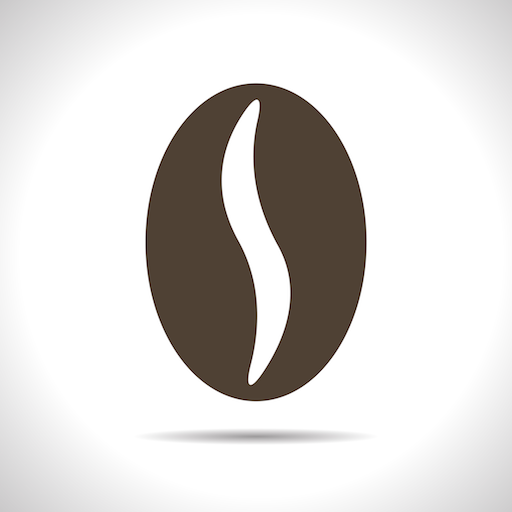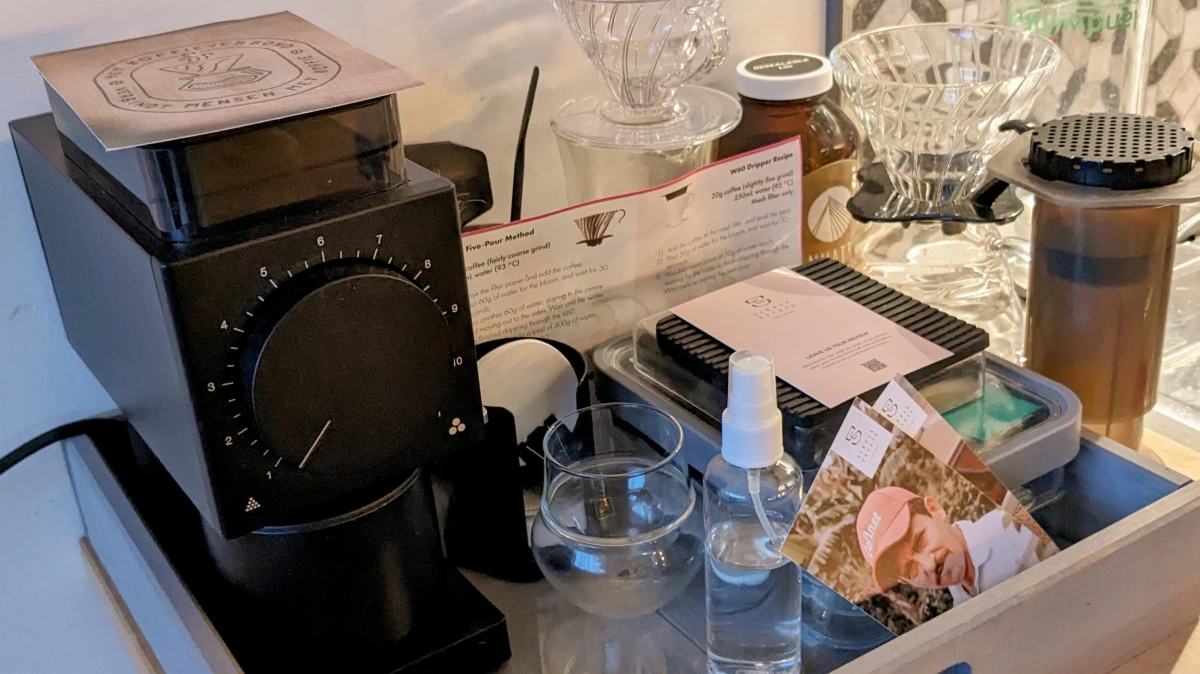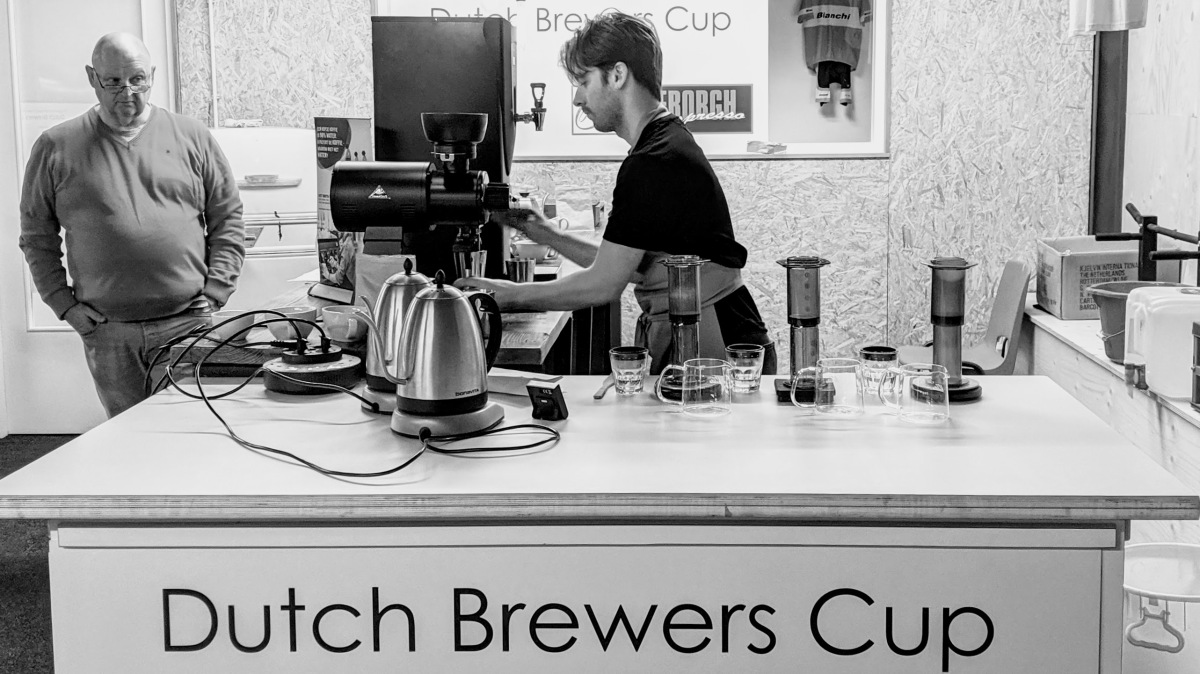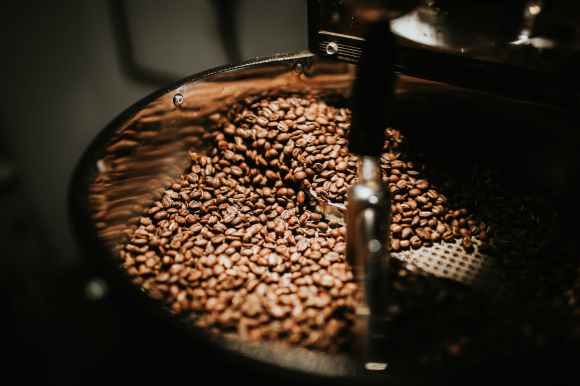I get asked this question a lot: “What’s the best coffee machine for at home?” Just like: “What’s the best coffee to buy?”
I understand why people ask it, though. They want a professional opinion. Unfortunately, it is not that easy. To be able to answer the question: “What is the best coffee machine to use at home?”, I would first need to know what kind of coffee you prefer?
- Black or milk-based coffees?
- Espresso or filter?
- Drip or pour-over, or submersion coffee?
- Dark, medium or light roasts?
- Not to mention flavors…
The list of variables that go into making a great cup of coffee consistently every day that also suits your taste is daunting. That was my first impression after taking the first coffee certification course in 2017.
To chose the best coffee machine for making coffee at home, you need to find your favorite style first. Then find the best machine. That said, I can give a couple of recommendations for good coffee machines for your home that make a great cup of coffee every single day as quick as you like.
Most people either prefer espresso-based coffee or filter coffee…
Espresso machines
When buying an espresso machine, do pay attention to the diameter of the portafilter. That’s the characteristic metal “bajonet” that you hold in your hand, where the coffee goes into the basket and that you insert into the machine!
Ensure that this is 53 – 57 mm, which is the industry standard. It should hold 14 – 24 gr of ground coffee. Anything smaller will also work but it will be much harder to find parts, accessories and additional tools. And you will get more tools! LOL
Fully automatic
Don’t get a fully automatic machine! Ever!
My biggest complaint is that they grind the beans for you and they will never chose a great grinder because that will make the machine too expensive. Always get a separate grinder, it will last you 10 years.
These automatic machines focus on convenience, speed and not flavor. So in my opinion this is always a set back that I cannot except.
If you can, then go with either of these:
Sage and Breville are essentially the same Australian company with different brands for US/UK and Europe
Wikipedia
The difference between the two fully automatic espresso makers is that with the Pro version, you get to tamp the coffee yourself. The Impress version has a built-in tamper and will do it for you. ¯\_(ツ)_/¯
I don’t like a Jura, it’s too limited and maintenance is expensive.
Semi automatic
These machines are more my style because they automate some of the actions but not all and give you more control over the espresso that’s brewed. Note that a great espresso maker will cost at least 1250-1500 Euro/Dollars because of the quality of the parts and build. That does not include a grinder!
Your biggest choice depends on how you drink your coffee: black or white. If you prefer an espresso (or long black or americano) then your life is easy and you can chose a single boiler machine. They’re a lot cheaper.
Do you (or your partner) prefer white coffees then you’ll need to think about how many cappuccinos or lattes you will make. For one or two each time, it’s fine to get a single boiler machines as well. If you drink more coffees, say for dinner parties, then you should opt for a dual boiler machine. That way, you can start frothing the milk while the espresso is still brewing.

Manual espresso machines
A category on their own for this is where innovation really shines.
Superkop is a brand new design and fully non-electrified so it will work when the power is out, disaster strikes and zombies invade our homes! It only needs hot water.
The lever-operated La Pavoni is a classic, gorgeous design that does require some practice and getting used to, but once you do, it is the holy grail of many baristas. Beautiful to look at and all the room to add you own special twists when making coffee.
The Flair revolutionized the world of home baristas when it appeared on Kickstarter. It’s cheap, easy to make, easy to use and a great way to get into making better coffee at home. Quality has improved a lot since and you can’t go wrong with it!
Filter coffee machines

The traditional home coffee makers have received a ton of innovations and improvements over the last 3-5 years. Coffee making, filter coffee at home, has drastically improved since the 80s and 90s. Designer machines, premium options, gorgeous materials and very reliable manufacturing mean that today’s coffee maker is lightyears ahead of those our parents and grand parents used.
- Moccamaster
- OXO Brew 9
- Bonavita
Moccamaster has been the go-to coffee maker for many official coffee competitions and conferences. They’ve been around for 40 years and are rock solid, well built and easy to maintain or repair.
Or take the guessing out of the way and chose any machine on the SCA certified list of approved coffee makers. The Specialty Coffee Association takes their work very seriously and every machine is thoroughly tested and retested to ensure it makes a great cup every single time, all the time.
I hope this answered some of your questions and gave you a good start to selecting the best coffee machine for your home. Maybe it just confused you more and made you reevaluate what it is you want. Then at least I did my job. Trust me when I say that you will not find the best machine in one go. I will take several iterations before you find what works best.
Most of all, your taste for coffee will change and that brings new machines, new coffees, new equipment and new kitchen setups. If you can, buy second hand on Ebay or your local penny savers. Closed restaurants often sell off their equipment to pay debts. That’s a nice way to get a premium machine for less.
PS: If you follow my advice above and do not buy a fully automatic machine, you will need to also buy a good grinder. That’s a whole new subject, but for starters I can recommend watching James Hoffman’s review video:
